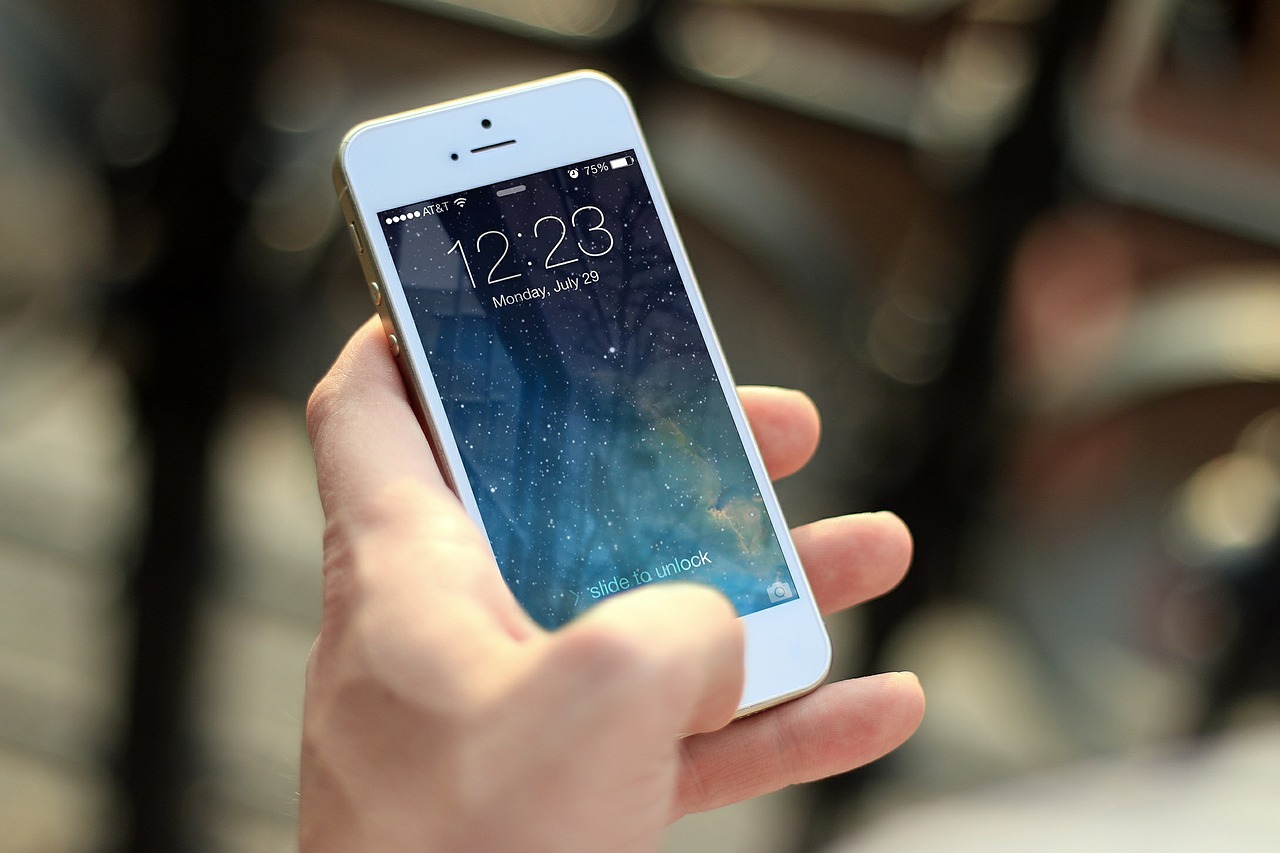MobiThinking.com points out that according to its research, by the end of 2013 there will more than 6.9 billion cell phone users globally. With the estimated global population being estimated at 7 billion, the number of cell phone users is indeed enormous.
Cell phone users are increasingly conducting tasks such as online financial transactions via their Smartphone, such tasks were previously being conducted using only their desktop computers. Tablets and Smartphones are indeed the devices of choice for making online purchases and browsing the internet. Mobile devices are also gaining popularity among merchants as Point of Sale systems in their businesses.
Mobile devices fast adoption and market penetration has resulted into immense marketing opportunities for merchants whereas creating opportunities for criminals and hackers. According to a survey released May 20, 2013, by Andrew Seybold Inc., 69% of smartphone users said they use their devices to conduct financial transactions, and 65% use them for both personal and business transactions. Yet only 4% are using mobile security applications on their smartphones, and 30% reported they are unlikely to install a security app on their devices.
While discussing the M-Commerce Opportunities, Challenges and Inevitability report by Mercator Advisory Group, a Senior Analyst with Mercator’s Emerging Technologies Advisory service Dave Kaminsky said that “While proximity-based wallets are receiving the lion’s share of the publicity, mobile e-commerce (or m-commerce) is witnessing the vast majority of transaction volume.
According to Trustwave a Security and Compliance Management Company, cases of data theft are on the increase as M-commerce gains popularity. Android and iOS devises face a 90% vulnerability that commonly exists in desktop computers; there was a 400% increment of Android malware in 2012.
A Director with SpiderLads at Trustwave, Charles Henderson said, “One of the big differences between computers and mobile devices is that great care has been given to make mobile devices easy to use. The tradeoff is that easy to use, can become ease of poor decisions – the easier something is to use, the easier it is to misuse. That’s a powerful notion in security. The less thought you give to any number of things, the greater the likelihood you will make a bad security decision.
Criminals simply install malware by attaching it to text messages and emails while tempering with the phone into redirecting calls to bogus financial centers. Instructions of accomplishing this type of fraud are available on the internet
Regardless of the oblivious dangers that businesses and smart devices users face, there is a relaxed attitude towards security in regards to mobile applications while desktop computers have consumers who are more security savvy as opposed to those of mobile devices
“Mobile device users may not recognize the potential security threat,” said Jennifer Mazzanti, President of Mazzanti Technologies. “They suffer from a type of mobile myopia which leaves their device the perfect malware gateway.”
There exist various ways that could be adopted by payment professionals to guarantee the security of m-commerce.
- Users should know that it’s not all mobile applications on the internet that have been vetted and that caution should be applied when carrying out mobile applications updates.
- Beware of free versions of mobile apps as these could contain code intended to steal data or damage the devise itself.
As with any other emerging payment technology, challenges are bound to emerge. The mobile payment industry shares its customer’s security and privacy concerns with other industries that share similar threats to their operation. Luckily many of these security concerns associated with mobile payments, have either been already addressed or are currently being sorted by the existing online payment industry.
References
“Rethinking Mobile Security.” The Green Sheet. N.p., 10 June 2013. Web. 27 June 2013.


